In the vast theater of scientific discovery, some of the smallest players have prompted the most profound revisions to our understanding of the natural world. Insects, those six-legged creatures that comprise over half of all known living organisms, have repeatedly forced scientists to reconsider established theories and develop entirely new frameworks of understanding. From challenging our notions of intelligence and social organization to revolutionizing our approaches to biomimicry and evolutionary biology, these tiny invertebrates have been intellectual giants in the scientific realm. Their unique adaptations, behaviors, and physiological mechanisms have not only expanded our knowledge but have fundamentally altered how we approach scientific inquiry itself. This article explores how these remarkable creatures have upended scientific dogma and reshaped our understanding of the natural world in ways both unexpected and profound.
The Social Revolution: Eusocial Insects and the Concept of Superorganisms
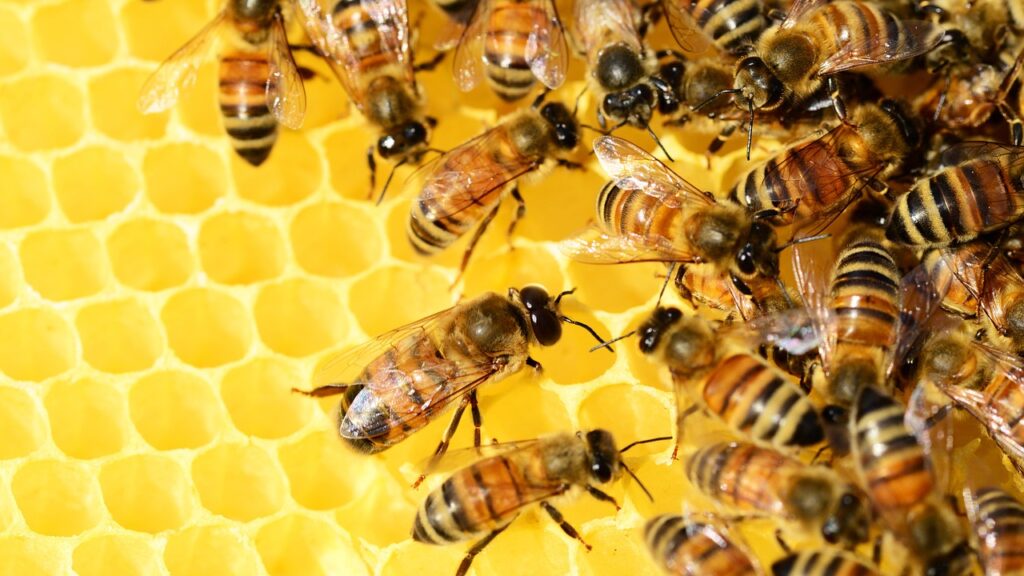
The discovery of complex social structures in ants, bees, and termites forced scientists to completely reconsider the definition of an organism. E.O. Wilson’s groundbreaking work with ant colonies in the 1970s introduced the concept of the “superorganism,” where individual insects function more like cells in a body than independent creatures. This revelation challenged the very notion of individuality that had been central to biological thinking since Darwin. The realization that natural selection could operate at the colony level rather than just the individual level represented a paradigm shift in evolutionary theory. These discoveries led to entirely new fields of research, including sociobiology and collective intelligence studies, that continue to influence our understanding of how complex systems emerge from simple components.
Challenging Vertebrate Dominance: Insects and Biomechanical Efficiency
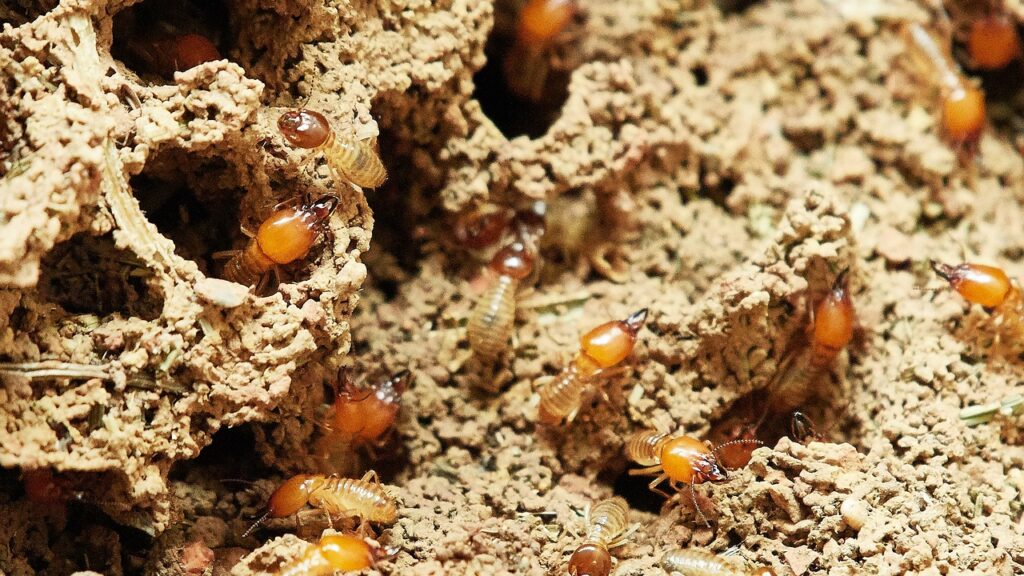
For centuries, scientists assumed that the vertebrate body plan represented the pinnacle of evolutionary design for terrestrial animals. The study of insect biomechanics, however, revealed efficiency levels that mammals could never achieve. The discovery that ants can lift up to 5,000 times their body weight fundamentally changed our understanding of mechanical advantage in biological systems. Locust jumping mechanisms, which store and release energy more efficiently than any vertebrate muscle system, prompted the development of new theories in biomechanics. These findings have not only revised our understanding of evolutionary success but have inspired countless biomimetic technologies, from more efficient robots to revolutionary artificial muscles. The revelation that insects achieved such remarkable mechanical solutions with dramatically fewer neurons than vertebrates challenged basic assumptions about the relationship between brain complexity and functional sophistication.
Redefining Intelligence: Cognitive Abilities in Miniature Brains
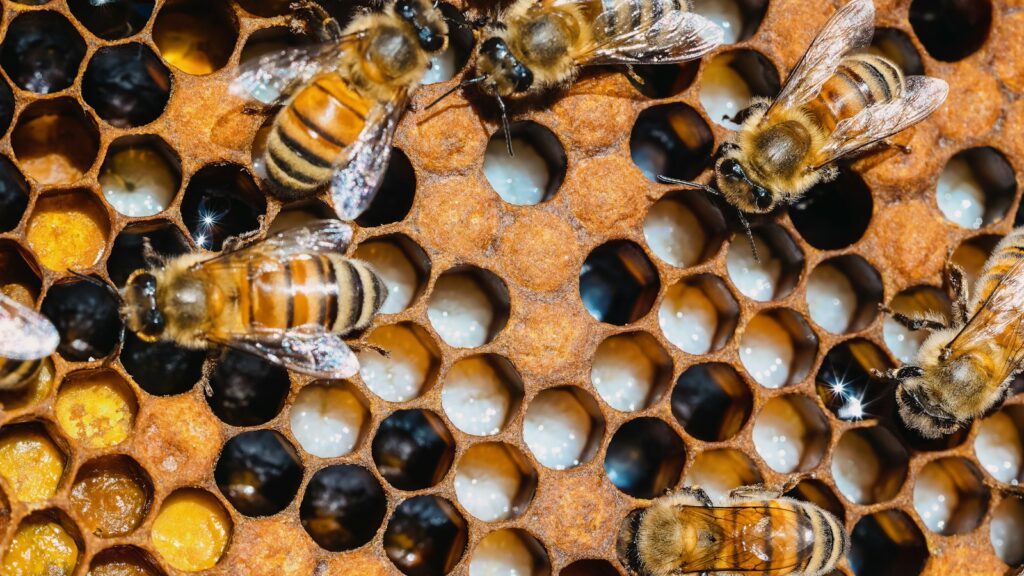
The discovery of complex problem-solving abilities in insects with brains smaller than a pinhead has revolutionized our understanding of intelligence. Honeybees’ ability to count, recognize human faces, and understand abstract concepts like “sameness” and “difference” challenged the long-held notion that cognitive sophistication requires large brains. Research by Lars Chittka and others demonstrated that bumblebees can learn to pull strings, push balls into goals, and even teach these skills to other bees—cognitive feats previously thought impossible without a vertebrate brain. These findings forced neuroscientists to reconsider fundamental assumptions about neural requirements for intelligence and sparked new theories about efficient neural processing. The emerging field of insect cognition has not only revised our understanding of what constitutes intelligence but has inspired new approaches to artificial intelligence that focus on efficiency rather than just processing power.
The Time-Keeping Marvels: Circadian Rhythms and Internal Clocks

The landmark discovery of molecular circadian rhythm mechanisms in fruit flies (Drosophila melanogaster) completely revolutionized our understanding of biological timekeeping. The identification of the period gene by Seymour Benzer and Ronald Konopka in 1971 provided the first genetic evidence for internal biological clocks, overturning previous theories that suggested animals simply responded to external cues. This work eventually led to the discovery of the same mechanisms in humans, revealing the universal nature of circadian systems across vastly different species. The 2017 Nobel Prize in Physiology or Medicine awarded for this work underscored how fundamentally fruit fly research had transformed our understanding of temporal regulation in all living organisms. These discoveries have had profound implications for human health, leading to entirely new approaches to sleep disorders, jet lag, and even cancer chronotherapy treatments.
Masters of Flight: Insect Aerodynamics and the Impossible Wing
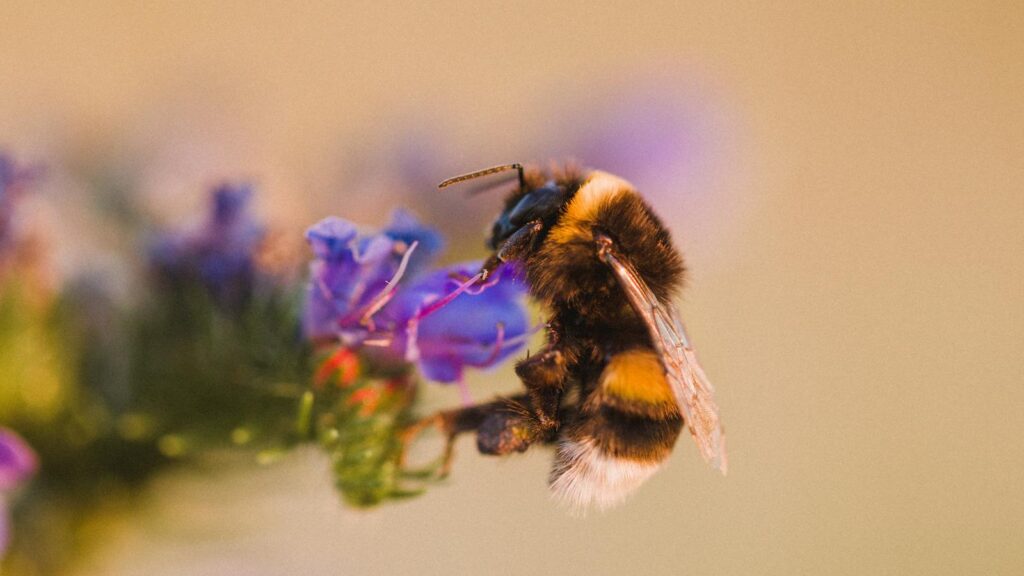
For decades, aerodynamic theories insisted that insect flight was theoretically impossible according to conventional understanding of lift generation. The “bumblebee paradox”—the notion that bumblebees shouldn’t be able to fly according to fixed-wing aerodynamic principles—forced scientists to completely reconsider their approach to fluid dynamics. High-speed photography and computational fluid dynamics eventually revealed that insects use unconventional mechanisms like leading-edge vortices, wing rotation, and clap-and-fling techniques to generate lift. These discoveries not only resolved the paradox but led to entirely new fields of aerodynamic research, influencing designs for micro-air vehicles and drone technology. The understanding that insects had evolved flight solutions that human engineering hadn’t even conceived prompted a reevaluation of biomimetic approaches to technological challenges across multiple disciplines.
Chemical Communication: Pheromones and Invisible Signals
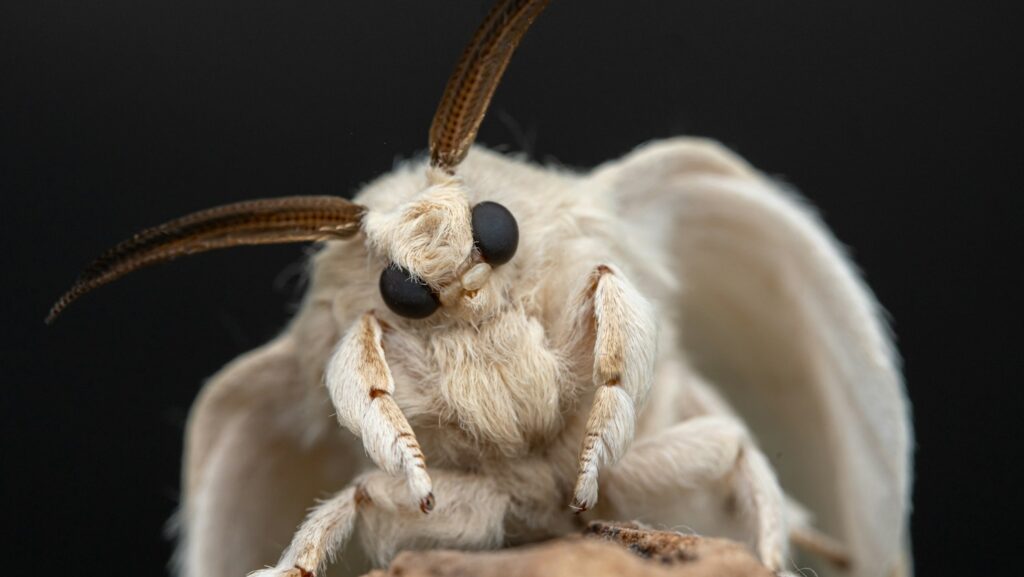
The discovery of pheromones in silk moths by Adolf Butenandt in 1959 introduced an entirely new concept to communication science: chemical signaling between organisms. This finding revealed a previously undetected sensory dimension operating in nature, forcing scientists to reconsider theories of animal communication that had focused primarily on visual and auditory signals. Subsequent research revealed the astonishing complexity and specificity of insect chemical communication systems, with some species capable of detecting molecules at concentrations of just a few parts per trillion. These discoveries fundamentally altered ecological theories about species interactions, mate selection, and population dynamics. The field of chemical ecology that emerged from these studies has transformed pest management approaches, led to new theories of biodiversity maintenance, and even influenced pharmaceutical development for human applications.
Metamorphosis: Redefining Development and Body Plans
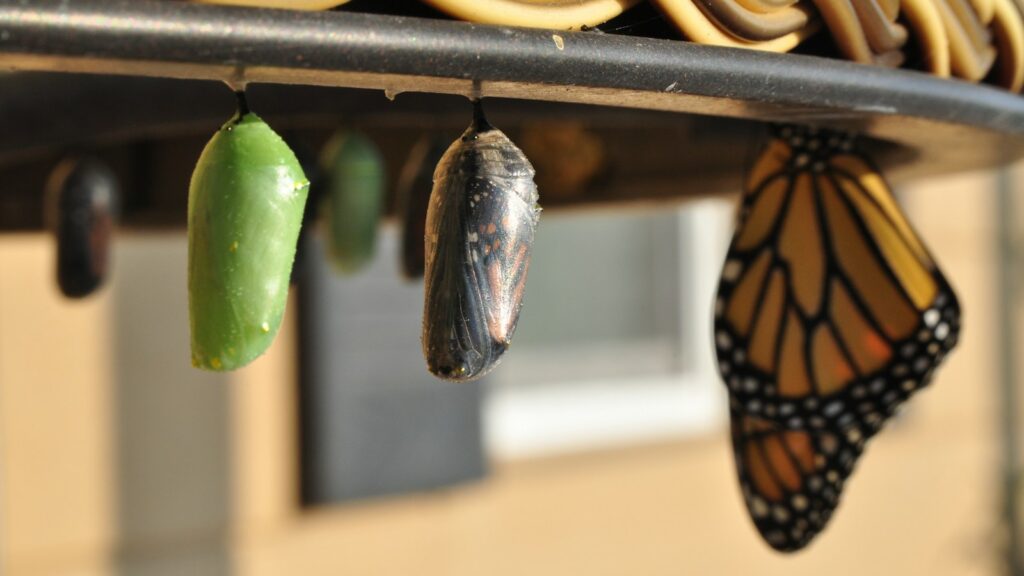
The complete metamorphosis observed in butterflies, beetles, flies, and other holometabolous insects challenged classical developmental theories that assumed gradual modification during growth. The discovery that insects could completely rebuild their bodies—dissolving larval tissues and reorganizing them into fundamentally different adult forms—forced biologists to expand their concepts of developmental plasticity. The identification of juvenile hormone and ecdysone as regulators of this process revealed unprecedented mechanisms of developmental control not seen in vertebrates. These findings led to new understanding of developmental genetics and evolutionary developmental biology (“evo-devo”), particularly regarding how the same genes can create dramatically different body plans. The revelation that metamorphosis evolved independently multiple times in insect lineages further challenged simple models of evolutionary progression and highlighted the remarkable plasticity of developmental programming.
Ecological Revelations: Insects as Ecosystem Engineers

The recognition of insects as critical ecosystem engineers fundamentally revised ecological theories about how ecosystems function and remain stable. Termites, initially viewed primarily as pests, were discovered to be essential soil engineers whose mounds create biodiversity hotspots in African savannas, completely altering understanding of landscape ecology. Dung beetles were revealed to provide ecosystem services worth billions of dollars annually through nutrient cycling, challenging economic valuations of natural systems. The collapse of pollinator populations demonstrated insects’ keystone roles in maintaining plant diversity, forcing ecologists to reconsider food web models that had previously undervalued insects’ contributions. These discoveries led to the development of more sophisticated ecological theories recognizing the disproportionate impact small organisms can have on entire ecosystems—a significant departure from earlier models that emphasized the importance of larger, more charismatic species.
Genetic Pioneers: Drosophila and the Birth of Modern Genetics
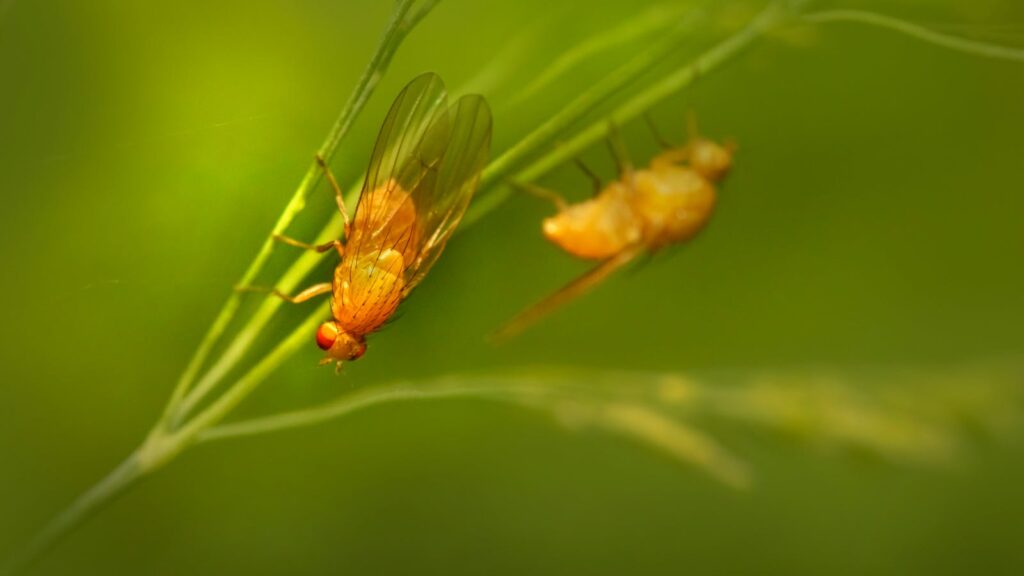
No single organism has contributed more to genetic science than the humble fruit fly, Drosophila melanogaster. Thomas Hunt Morgan’s decision to use fruit flies for his chromosome theory experiments in the early 1900s ultimately led to discoveries that earned six Nobel Prizes and established the fundamental principles of genetic inheritance. The identification of homeotic genes in Drosophila by Edward Lewis, Christiane Nüsslein-Volhard, and Eric Wieschaus revealed the genetic “toolkit” that controls embryonic development—a discovery later found to apply to virtually all animals, including humans. The realization that these genetic mechanisms were conserved across such vastly different organisms forced a complete revision of evolutionary theory, highlighting deep genetic connections between all animals. This work formed the foundation for understanding genetic diseases, developing gene therapies, and ultimately sequencing the human genome—all stemming from research on a tiny insect with just four pairs of chromosomes.
Thermal Regulation Marvels: Social Insects and Climate Control
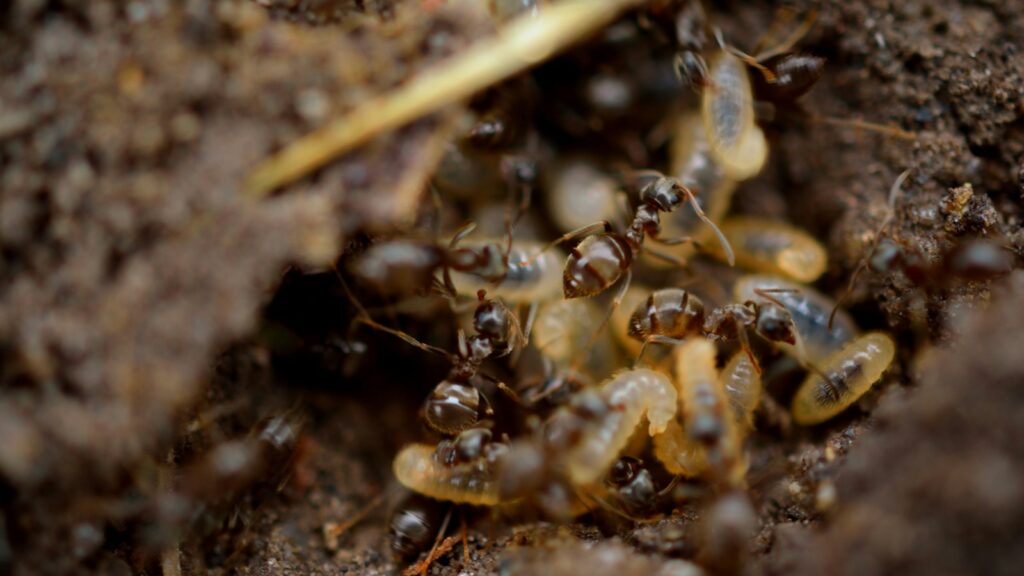
The discovery that social insects can regulate the internal temperature of their colonies with remarkable precision challenged assumptions about thermoregulation abilities in invertebrates. Honeybees were found to maintain their hive temperature within 1°C of optimal conditions through collective behaviors like wing fanning and water evaporation, despite being ectothermic as individuals. Termite mounds in Africa demonstrated sophisticated passive cooling systems that maintain stable internal conditions despite external temperature fluctuations of over 40°C, featuring complex ventilation structures that engineers now mimic in building designs. These findings forced biologists to reconsider the evolution of temperature regulation strategies and recognize emergent properties of collective systems. The realization that insects had independently evolved climate control solutions that rival or exceed human engineering prompted new biologically-inspired approaches to sustainable architecture and ventilation systems.
Breaking the Agricultural Paradigm: Insect Farming Revolution
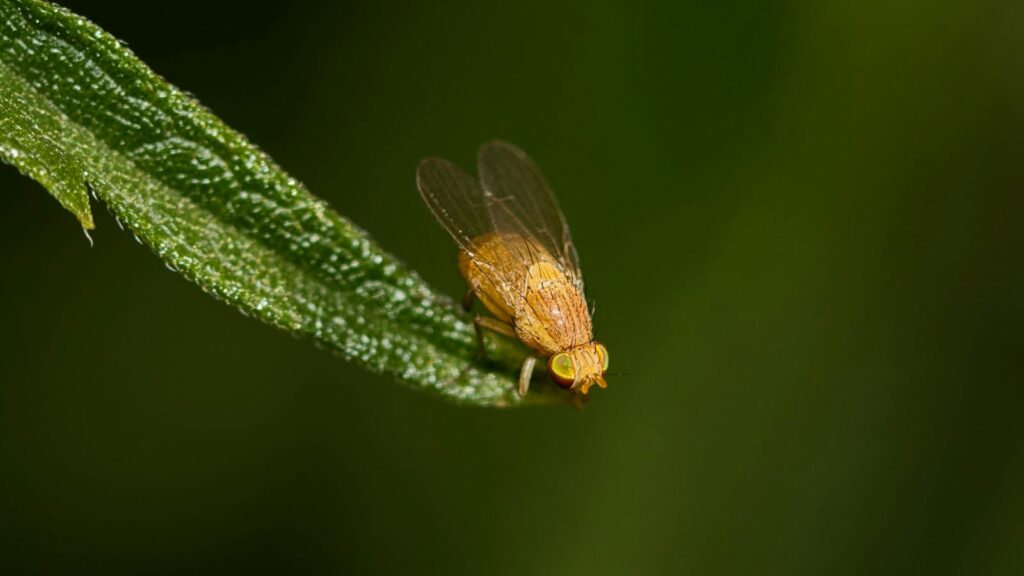
The discovery that insects can convert plant material to protein with extraordinary efficiency—up to 25 times more efficiently than traditional livestock—has challenged fundamental agricultural paradigms dating back thousands of years. Research into the nutritional profile of insects revealed protein content exceeding that of beef or chicken, along with essential micronutrients often lacking in plant-based diets, forcing nutritionists to reconsider optimal human diets. The United Nations FAO’s landmark 2013 report on edible insects prompted a complete reevaluation of sustainable protein production systems and triggered exponential growth in insect farming industries worldwide. These developments have forced agricultural scientists to question long-held assumptions about resource requirements for protein production and optimal land use, potentially rewriting the future of global food systems. The realization that Western aversions to entomophagy were cultural rather than scientific has prompted new sociological research into how food preferences become established and can be modified.
Medical Revolutionaries: Insects in Disease and Treatment
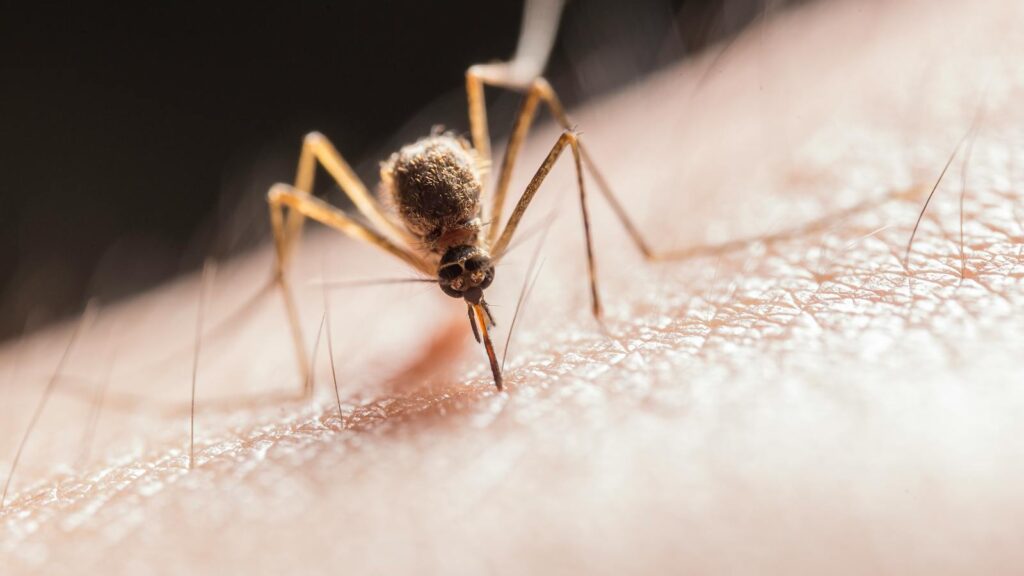
The identification of mosquitoes as disease vectors by Ronald Ross and Walter Reed in the early 20th century fundamentally transformed medical understanding of disease transmission and public health approaches. More recently, the discovery of powerful antimicrobial compounds in insect hemolymph has opened entirely new avenues for fighting antibiotic-resistant bacteria when traditional approaches are failing. Maggot therapy, once considered an outdated practice, has been scientifically validated as more effective than conventional treatments for certain wounds, forcing medical practitioners to reevaluate historical remedies. The identification of pain-killing compounds in butterfly wings and venom from various insects has expanded pharmacological approaches to pain management beyond traditional drug development pathways. These discoveries have repeatedly demonstrated that insects offer medical solutions that can address challenges where conventional approaches have reached their limits, prompting a fundamental reassessment of bioprospecting priorities in pharmaceutical development.
Sensory System Revelations: Seeing Beyond Human Perception
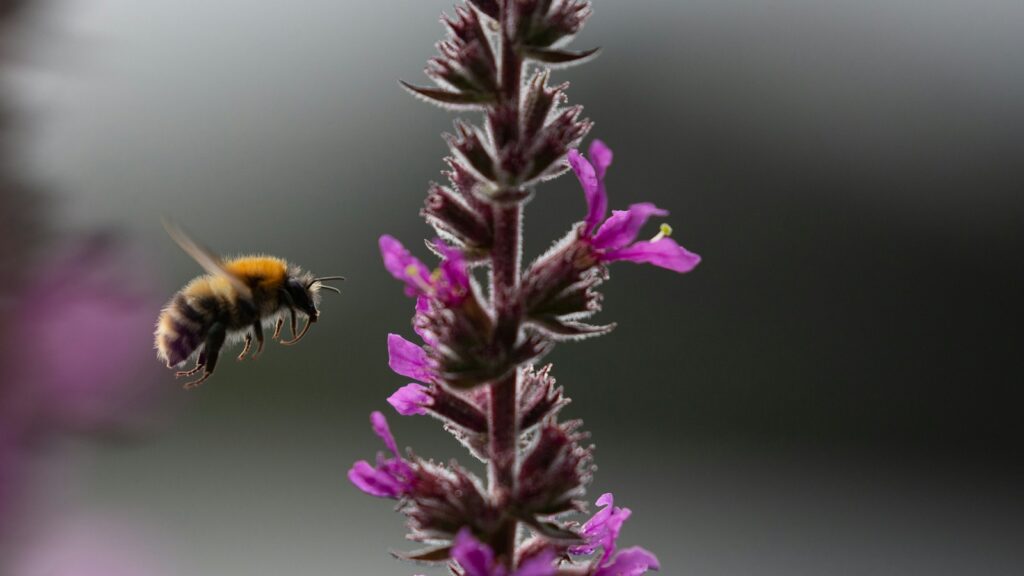
The discovery that insects perceive sensory dimensions entirely inaccessible to humans has repeatedly forced scientists to expand theories of perception and sensory biology. The identification of magnetoreception in migratory monarch butterflies revealed an entire sensory modality previously unknown in insects, challenging assumptions about navigational mechanisms. Research showing that bees see in the ultraviolet spectrum completely altered understanding of flower evolution and pollination biology, revealing complex patterns invisible to the human eye but critical for plant-pollinator coevolution. The extraordinary olfactory sensitivity of moths, which can detect pheromones at concentrations of just a few molecules per cubic centimeter, established new benchmarks for chemical detection capabilities in biological systems. These findings collectively demonstrated how profoundly limited human sensory systems are for perceiving the natural world, fundamentally shifting scientific approaches to better account for non-human perspectives in research methodology and interpretation.

